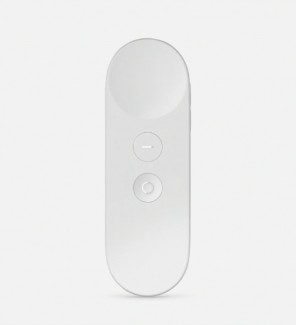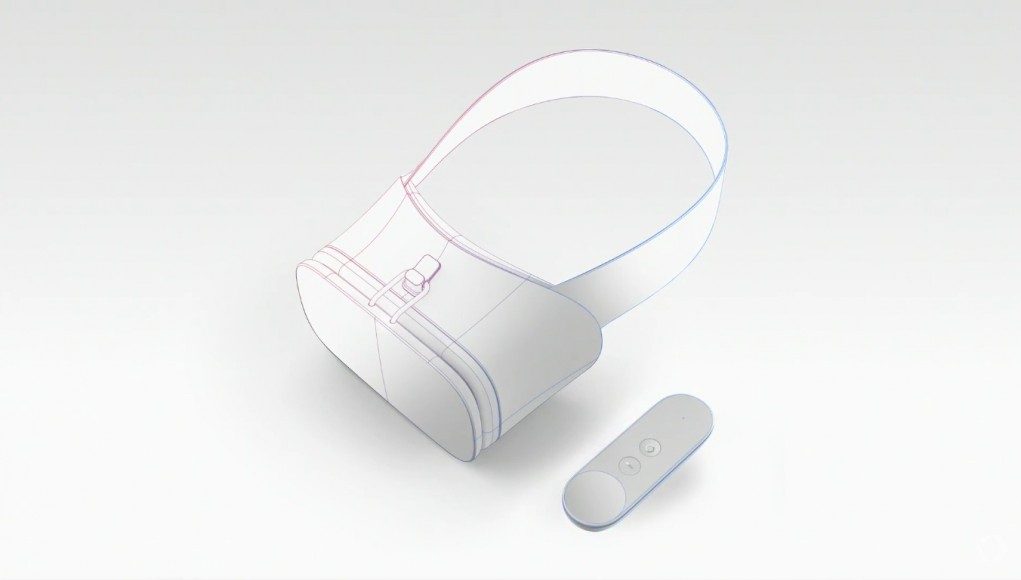Announced today at Google I/O 2016, VR team lead Clay Bavor revealed on stage that the company will be partnering with manufacturers to build Google-approved VR headsets based on an internally generated reference design. To boot, Google is also providing their new VR ecosystem with a handy Wiimote-style motion controller.
Unlike Samsung Gear VR, which features a separate IMU from the phone itself, Daydream-ready phones will supposedly already be suitable for low latency VR by providing sub-20 millisecond motion-to-photon latency natively. It’s unsure if the Google-approved headsets will provide any benefit outside of good ergonomics.
“There’s so many things you need to get right. It has to have great optics. I has to be comfortable. The materials need to feel good, and it needs to be really easy to put on and take off,” Bavor told the crowd.
See Also: Samsung, HTC, LG, and More Bringing ‘Daydream Ready’ VR Phones to Android
 The newly revealed controller, which looks eerily similar to the Oculus Rift remote, provides a touchpad and clickable buttons that allow you to scroll and swipe through apps, and is presumably for light gaming applications. Google maintains that the new Daydream controller houses ‘orientation sensors’, but doesn’t specify if the controller is entirely IMU-based.
The newly revealed controller, which looks eerily similar to the Oculus Rift remote, provides a touchpad and clickable buttons that allow you to scroll and swipe through apps, and is presumably for light gaming applications. Google maintains that the new Daydream controller houses ‘orientation sensors’, but doesn’t specify if the controller is entirely IMU-based.
The first headsets will be available starting fall 2016 from a number of yet unspecified manufacturing partners. Daydream-ready smartphones will be produced by Samsung, HTC, LG, Mi, Huawei, ZTE, Asus and Alcatel.
This story is breaking. Check back for more Google VR news shortly.







